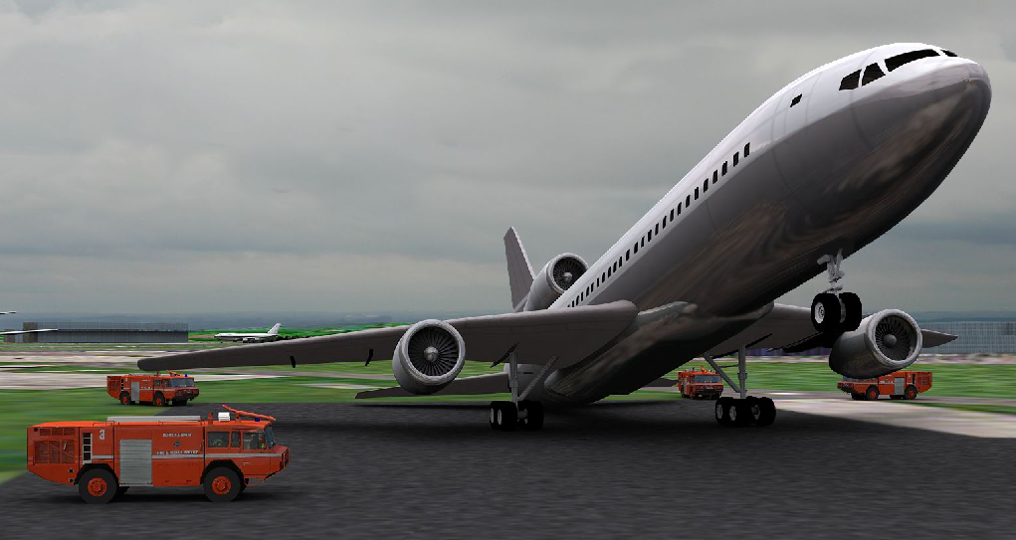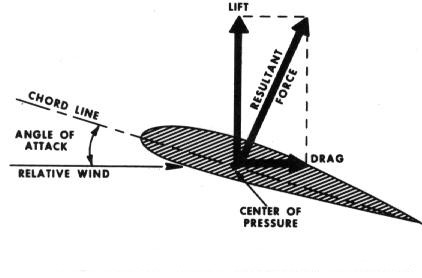
Especially for student pilots, these two can be somewhat confusing, so we will look at the differences between the two, and how each is affected under various flight conditions.
The centre of gravity (CG) is probably more commonly understood, and refers to the point in an object (the aeroplane) at which all the mass is considered to be concentrated. The force of gravity acts on the total mass of the aeroplane in a vertically downward manner at this point (the CG), and is also known as the centre of balance. The CG does not remain at a fixed position and will move during flight, either forwards or rearwards, depending on the distribution of weight in loading, and the operation of the aeroplane. For example, consider that fuel is used during flight, or passengers that move about. There are limits to the CG movement, known as the CG envelope, and these are published in the aircraft flight manual.
In aircraft with swept-back wings, like those on most modern airliners, the centre of gravity is expressed as %MAC or percentage of Mean Aerodynamic Chord – a topic for another discussion – but the main reason for this is that the wings are not straight and uniform The chord used for measurement therefore needs to be averaged, and the centre of gravity is then expressed as a percentage.
CG is primarily concerned with mass and movement, but its importance lies with the stability and controlability of the aircraft. Safe forward and aft CG limits are established by aircraft manufacturers, and due consideration to these limits should be respected in all phases of flight.
Exceeding the foward CG limit causes the aircraft to have a nose-down attitude, increases longitudinal stability, which then requires significant elevator deflection. Exceeding the the rear CG limit results in a nose-up attitude, which means a decrease in longitudinal stability and ‘light stick forces’. Either way, exceeding the limits is highly unfavourable, causing increased drag, higher fuel consumption, reduced range and endurance.
Now onto the centre of pressure…
Centre of pressure is different in that it is concerned with aerodynamics, not mass. It is the point on the chord line of an aerofoil (a line through the aerofoil joining the leading edge and the trailing edge), where all the aerodynamic forces are concentrated.

When an aircraft travels through the air, pressure acts on the body and surfaces of the aircraft. Depending on various factors, including the location of the surface, the pressure force may be greater or less, so the centre of pressure is the average point of the sum of all these pressures. On the wing or aerofoil, it is also the point where the resultant force of the lift / drag couple acts.
Just like the CG, the centre of pressure (CP) will move during various phases of flight, but not because of mass shifting, but rather CP moves with changes in angle of attack. As the angle of attack changes, the pressure at various points on the aerofoil also changes, resulting in a change in the location of the center of pressure. Although, it may be of less significance for pilots and more important for engineers to know the centre of pressure is, since it allows them to evenly balance the lift on aircraft.
Does the CG and CP relate in any way?
The answer is not really, as CG moves according to the movement of mass and CP moves with changes in angle of attack. What is noticeable is the position of the CP in relation to the CG with varying angles of attack – in straight and level, the CP generally sits just behind the CG. As the angle of attack increases, the CP will move ahead of the CG, and finally, once the stall angle of attack is reached, the CP will once again move rearwards (if you want to know why this happens, read here )




Very good and undertandable approach.Go ahead with the centre of pressure explanation after stall .
Many thanks! Good luck with your studies 🙂